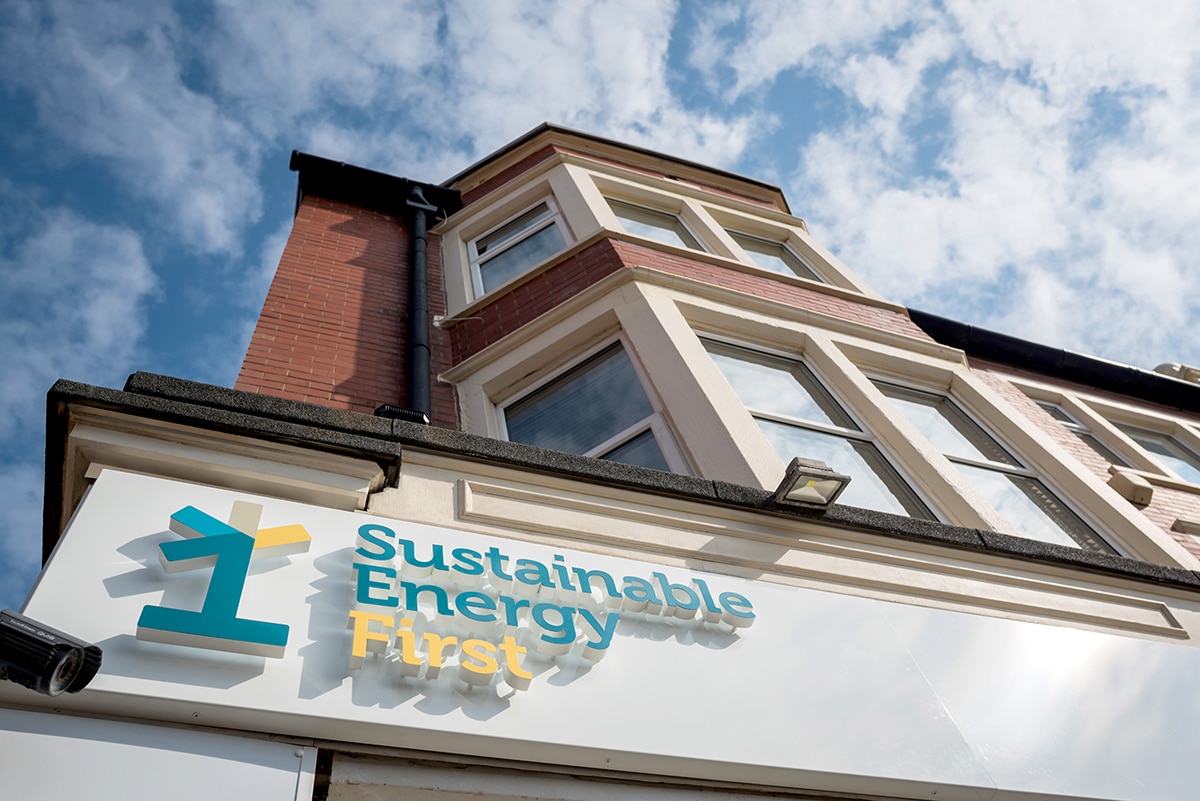28th September 2021
More and more companies are pledging to stop climate change by reducing their greenhouse gas (GHG) emissions and becoming net zero.
However, many businesses find they cannot fully eliminate their emissions, or even lessen them as quickly as they might like. The challenge is especially tough for large industrial organisations that aim to achieve net-zero emissions or become carbon negative. For many, it will be necessary to use carbon offsets to displace emissions they can’t get rid of via energy reduction, energy efficiency and sourcing renewable energy.
The price of carbon offsets is currently low, due to an excess of supply built up over several years. According to recent research (Future Demand, Supply and Prices for Voluntary Carbon Credits – Keeping the Balance), without this surplus, prices would be around $15/tCO2e higher, compared to current prices that can be as low as $3-5t/CO2e. Researchers have warned that the surplus will not last forever, with demand for carbon offsets expected to increase five to ten-fold over the next decade as more companies reduce the GHG emissions and adopt the Net Zero agenda.
This growth in demand should see carbon offset prices rise to $20-50/tCO2e by 2030, as more investment is required to create more complex projects to take carbon out of the atmosphere in the long term. With a further increase in demand and project complexity expected by 2040 and 2050, carbon offset prices would rise to more than $50/tCO2e. Furthermore, if developing countries successfully reduce emissions through domestic policies, fewer carbon offset projects will be available to businesses through the voluntary market, this would further increase carbon offset prices, potentially reaching $100/tCO2e or higher.

The environmental contribution of the voluntary market to reducing world emissions whilst important will only scratch the surface of what needs to be done. The recent study conducted by UCL and Trove Research shows that even at prices of $100/tCO2e, the technologies (reducing deforestation, forest restoration, CCS, BECCs and renewables in the least developed countries) could deliver around 2bn tCO2e per year of emission reductions on average between now and 2050. This equates to about 4% of world GHG emissions, and 10% of the gap between global “business as usual” emissions in 2030 and pledges in the Paris Agreement by 2030, showing that the market for offsets will be modest compared to economy-wide emissions reductions needed to reach the Paris targets and net-zero by 2050.
Whilst research shows that carbon offsets are not a silver bullet, the voluntary market will provide a valuable financing system to support the protection of existing forests and restoring degraded habitats, providing immediate climate and biodiversity benefits whilst other technologies carbon reduction technologies such as carbon capture and storage are scaled up.
Inenco acknowledge that businesses will not be able to reduce their emissions to Net Zero without the use of offsets, however, we do recommend that you put in the hard work now before it becomes expensive and unachievable. With all sustainable activities, it is important to first put together a strategy, then you can tackle the low hanging fruit and implement SMART objectives to tackle larger environmental pieces that will require significant investment. We would also remind you that the best form of carbon reduction is to not use the carbon in the first place, if you can reduce use then you will not only reduce emissions, but you will also reduce costs.





